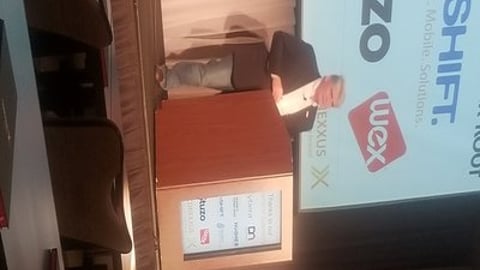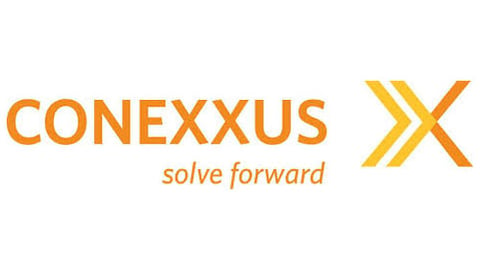Modern Times Call for Modern Payment Systems
NASHVILLE, Tenn. — Cash was once considered king, but times have changed as payment options like mobile wallets, Apple Pay and Venmo have grown in popularity. The problem is that today's payment system has not kept up with the times.
"We have a lot of work to do, especially when it comes to modernization," said Guy Berg, vice president of the Payments, Standards and Outreach Group at the Federal Reserve Bank of Minneapolis.
Speaking about the opportunities, challenges and limitations of payment modernization at the 2019 Conexxus Annual Conference, Berg noted that today's payment system worked well for its time, but was built before innovations in technology.
Compared to the horse and buggy, today's payment system was faster, more convenient and more efficient when built. However, now it is slow, vulnerable to attack and inefficient, according to Berg.
"What we need," he said, "is a jet. It's fast, efficient and safe. We need a payment system that can deal with a high volume of transactions and is safe."
Built back in the 1970s and 1980s, today's payment system was designed for in-person transactions. While "wowed" by the system at the time, it came before the Internet and social media apps, Berg noted.
Two Different Conversations
Today, when it comes to payment modernization, there are two different conversations happening: consumer payments vs. business-to-business (B2B) payments.
"They are two very different stories. One is moving very rapidly, but the other one is dragging its feet," he said.
The consumer side is defined by mass connectivity and mobile convenience. Think mobile phones, online banking, mobile coupons, loyalty programs, mobile wallets and social media. This mass connectivity, though, is creating more vulnerability, Berg explained.
"In the 1960s and 1970s, we did not have a cybersecurity issue. But we do today," he acknowledged.
The demand for mobile remote payment systems is exposing these vulnerabilities, which include:
- Cyberattacks;
- Main-in-the-browser;
- Man-in-the-middle;
- Malware;
- Robotic attacks;
- Phishing/social engineering; and
- Large-scale data breaches.
"Back when the system was designed, data was stolen — but to create counterfeit card and checks. There was no scalability," Berg recalled. "There is a whole scalability of attacks issue enabled by connectivity that the current payment system can't really protect us from."
According to Berg, the root cause of fraud today is mass connectivity.
What can be done? He outlined five steps:
- Add dynamic authentication security.
- Remove sensitive account information.
- Combine multiple layered security functions.
- Leverage existing infrastructure while adding new technology.
- Converge identity verification, payment device authentication and location.
While the consumer payments side of the conversation is evolving, B2B payments are "a different animal," Berg said, explaining that B2B needs more connectivity.
"Even though businesses are more connected than ever — and it opens them up to vulnerability — we don’t have connectivity in the right way," he pointed out.
In addition to the lack of mass connectivity, the B2B payment system lacks the necessary interoperability; experiences increasing costs and inefficiency; and has insufficient corporate leadership to drive innovation in the right way, according to Berg.
So, what needs to happen to achieve B2B payment modernization?
According to Berg, these four steps will combine for straight-through processing of electronic payment:
- Greater connectivity and interoperability between businesses;
- Structured electronic invoices;
- A B2B directory; and
- Structured electronic remittance information,
The 2019 Conexxus Annual Conference is taking place April 28 through May 2 at the Loews Vanderbilt in Nashville.






